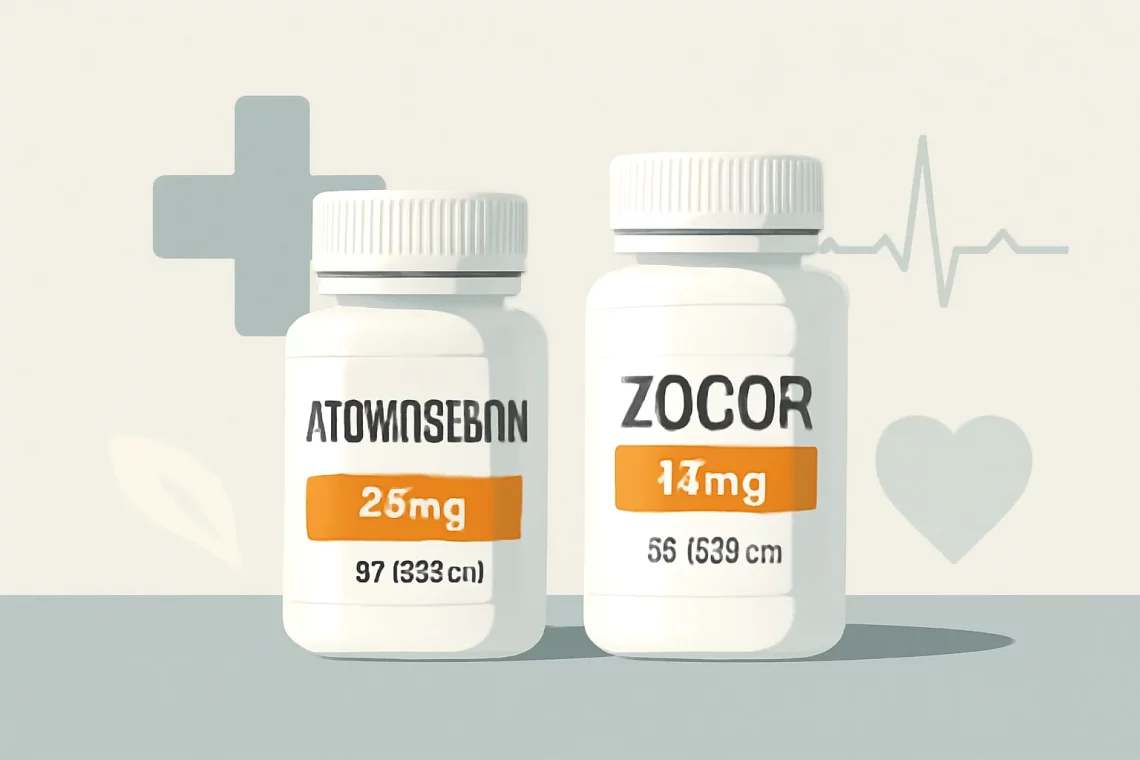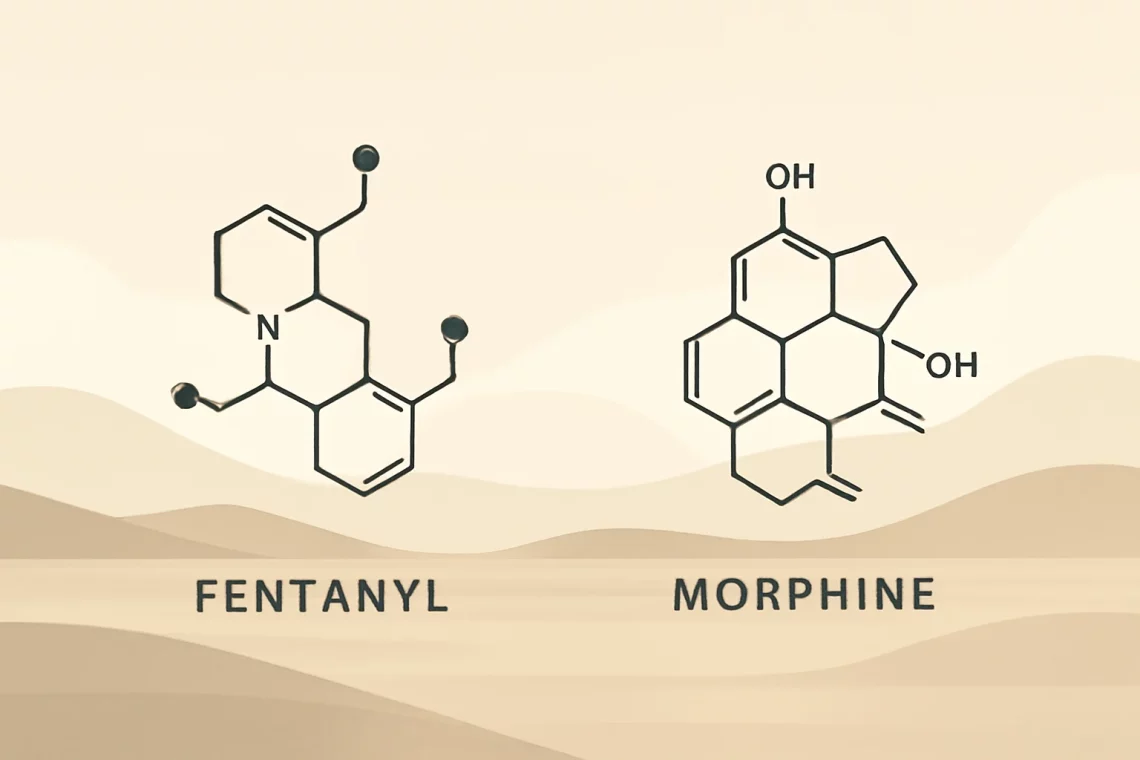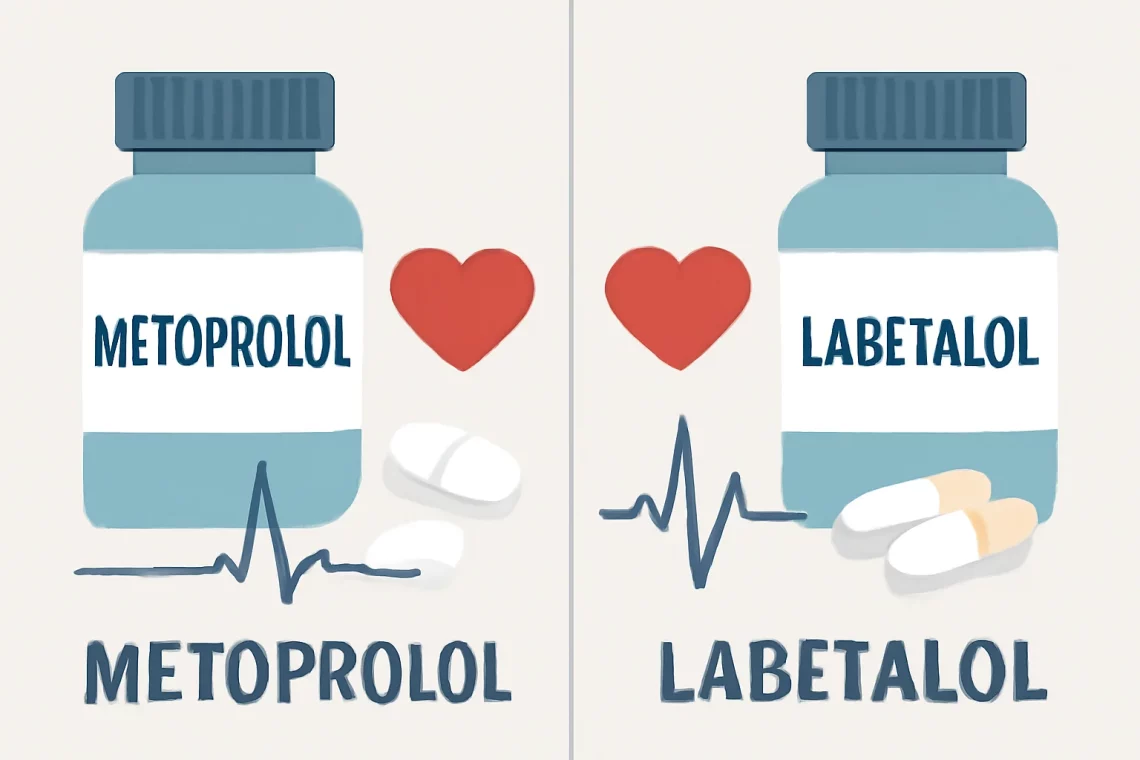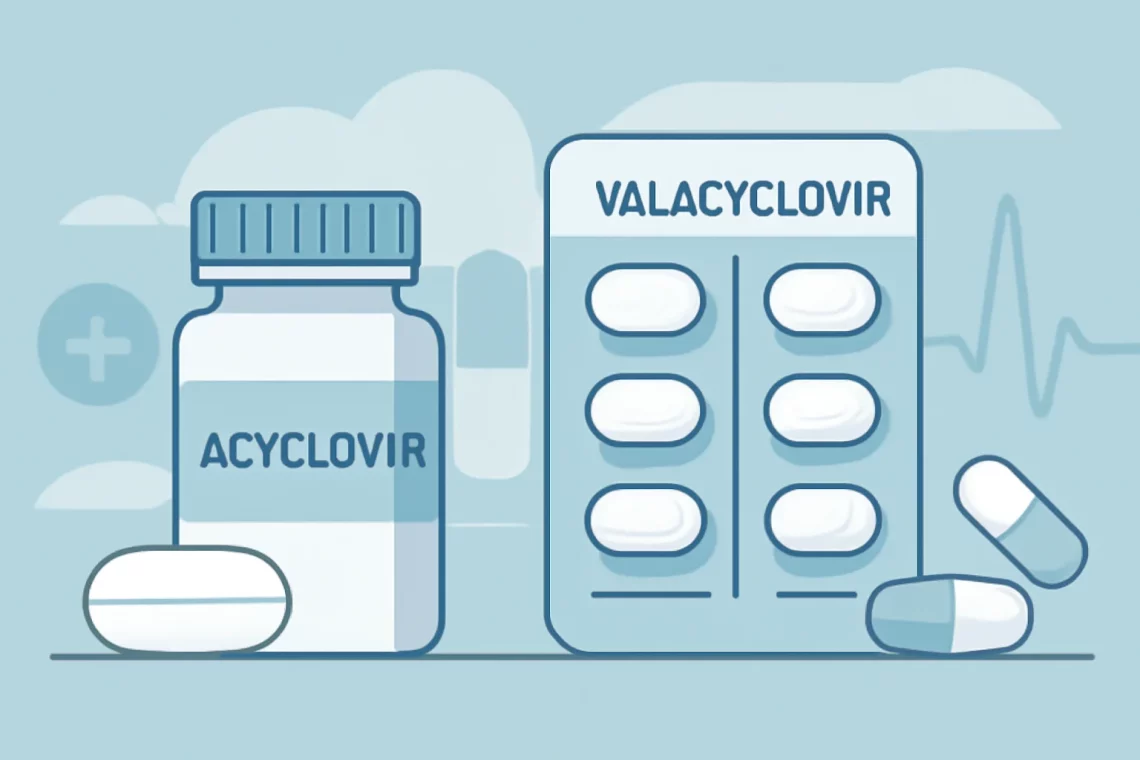-
Clindamycin vs Bactrim: Choosing the Right Antibiotic for You
Clindamycin and Bactrim are two commonly prescribed antibiotics that serve important roles in the treatment of various bacterial infections. Both medications are effective but differ in their mechanisms of action, spectrum of activity, and potential side effects. Understanding these differences is essential for both healthcare providers and patients to make informed decisions about treatment options. Antibiotics like Clindamycin and Bactrim are vital tools in modern medicine, addressing infections that can range from mild to life-threatening. They work by targeting bacterial cells, either killing the bacteria or inhibiting their growth. However, with the rise of antibiotic resistance, the careful selection of the appropriate antibiotic is crucial. Factors such as the type…
-
Ciprofloxacin vs Bactrim: Choosing the Right Antibiotic for You
Ciprofloxacin and Bactrim are two widely used antibiotics that play a crucial role in the treatment of various bacterial infections. As antibiotic resistance becomes a growing concern, understanding the mechanisms, effectiveness, and potential side effects of these medications is essential for informed healthcare decisions. Each antibiotic has its own unique profile, making it suitable for different types of infections and patient conditions. Ciprofloxacin, a fluoroquinolone antibiotic, works by inhibiting bacterial DNA gyrase, which is vital for bacterial replication. On the other hand, Bactrim, a combination of sulfamethoxazole and trimethoprim, disrupts the bacterial folic acid synthesis, thereby hindering bacterial growth. The choice between these two antibiotics often depends on the specific…
-
Atorvastatin vs Zocor: Which Cholesterol Medication is Right for You?
Atorvastatin and Zocor are two medications commonly prescribed to manage cholesterol levels and reduce the risk of cardiovascular diseases. Both belong to a class of drugs known as statins, which work by inhibiting the enzyme HMG-CoA reductase, crucial for cholesterol production in the liver. High cholesterol levels can lead to atherosclerosis, a condition where arteries become narrowed and hardened, increasing the risk of heart attacks and strokes. The importance of managing cholesterol levels has become a focal point in preventive healthcare. With cardiovascular diseases being among the leading causes of death worldwide, understanding the options available for cholesterol management is essential. Statins, including atorvastatin and Zocor, have proven effective in…
-
Opdivo vs Yervoy: A Comprehensive Comparison of Cancer Treatments
In recent years, the field of oncology has witnessed significant advancements, particularly in immunotherapy. Among the various treatment options available, Opdivo and Yervoy have emerged as two prominent therapies for several types of cancer. Both drugs are designed to harness the body’s immune system to fight cancer cells, but they operate through different mechanisms and are often used in conjunction with one another. Opdivo, known generically as nivolumab, is a monoclonal antibody that blocks a protein called PD-1, which cancer cells exploit to evade detection by the immune system. By inhibiting PD-1, Opdivo enhances the ability of T-cells to recognize and attack cancer cells. On the other hand, Yervoy, or…
-
Metoprolol vs Atenolol: Key Differences and Similarities Explained
Metoprolol and atenolol are two widely prescribed medications belonging to a class of drugs known as beta-blockers. These medications are primarily used to manage cardiovascular conditions, including hypertension, heart failure, and certain types of arrhythmias. Both metoprolol and atenolol function by blocking the effects of adrenaline on the heart and blood vessels, leading to a decrease in heart rate and blood pressure. This mechanism of action makes them effective in reducing the workload on the heart and improving overall cardiovascular health. The choice between metoprolol and atenolol can depend on various factors, including the specific health condition being treated, patient response to medication, and potential side effects. While both drugs…
-
Fentanyl vs Morphine: Understanding the Differences and Uses
Fentanyl and morphine are two potent medications commonly used in the management of pain. Their effectiveness, however, is accompanied by significant differences in their properties, effects, and potential risks. As healthcare professionals and patients navigate the complex landscape of pain management, understanding these differences is crucial. Fentanyl, a synthetic opioid, is known for its rapid onset and high potency, making it a powerful tool in acute pain scenarios, particularly in surgical settings and for patients with severe chronic pain. Morphine, on the other hand, is a naturally occurring opioid that has been used for centuries to relieve pain. Its well-established efficacy and safety profile make it a go-to choice for…
-
Metoprolol vs Labetalol: Key Differences and Clinical Uses Explained
Metoprolol and labetalol are both beta-blockers, a class of medications widely used in the management of cardiovascular conditions. These drugs work by blocking the effects of adrenaline on the beta receptors in the heart, leading to reduced heart rate and blood pressure. While both medications serve similar purposes, they differ in their pharmacological profiles, indications, side effects, and mechanisms of action. Understanding these differences is crucial for healthcare providers and patients alike, as it can significantly impact treatment outcomes. Metoprolol is often prescribed for conditions such as hypertension, angina, and heart failure, while labetalol is frequently used for managing high blood pressure, particularly in acute settings. The choice between these…
-
Acyclovir vs Valacyclovir: Which is the Better Choice for Treatment?
Acyclovir and valacyclovir are two antiviral medications commonly used to treat infections caused by certain types of viruses. Both drugs are primarily prescribed for conditions related to the herpes virus, which can manifest in various forms, including genital herpes, shingles, and cold sores. The importance of understanding the differences and similarities between these two medications cannot be overstated, as they play a crucial role in managing viral infections effectively. Acyclovir has been a staple in antiviral therapy for several decades, while valacyclovir, a prodrug of acyclovir, has gained popularity due to its improved pharmacokinetics. This means that valacyclovir is converted into acyclovir in the body, allowing for better absorption and…
-
Imbruvica vs Brukinsa: Comparing Two Leading Cancer Treatments
Imbruvica and Brukinsa are two prominent medications utilized in the treatment of certain blood cancers, particularly chronic lymphocytic leukemia (CLL) and mantle cell lymphoma (MCL). Both drugs belong to a category of targeted therapies known as Bruton’s tyrosine kinase (BTK) inhibitors. These medications have emerged as essential treatment options for patients who may not respond to traditional chemotherapy or who prefer less invasive treatment alternatives. The advent of targeted therapies like Imbruvica and Brukinsa represents a significant shift in oncology, emphasizing the importance of personalized medicine in treating complex diseases. Understanding the differences and similarities between these two drugs can empower patients and caregivers to make informed choices about their…
-
Trazodone vs Xanax: Understanding Their Differences and Uses
Trazodone and Xanax are two medications often prescribed for mental health conditions, yet they serve distinct purposes and operate through different mechanisms in the body. Understanding the nuances between these two drugs is crucial for patients and healthcare providers alike. Trazodone is primarily used as an antidepressant, while Xanax is well-known for its anxiolytic properties, targeting anxiety and panic disorders. The complexities of mental health treatments can be overwhelming, especially when navigating various medications and their potential side effects. Each medication has its unique profile, which influences how it interacts with the body and addresses specific symptoms. Additionally, as mental health awareness increases, so does the need for patients to…







































